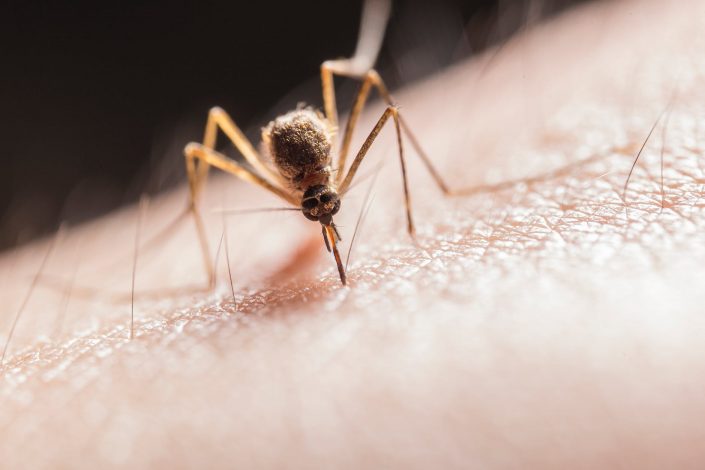Kenya has become the third country in Africa after Ghana and Malawi to roll out malaria vaccine to young children below five years in selected areas of high malaria transmission.
The launch of the phased introduction of malaria vaccine took place on Friday in Ndhiwa, Homa Bay County targeting about 18, 000 children.
In Kenya, the Ministry of Health through the National Vaccines & Immunization Program will perform a phased introduction of the vaccine in parts of the country where malaria transmission is highest and the malaria vaccine is expected to provide the highest benefit. Areas targeted include Kisumu , Migori, Siaya, Busia , Bungoma, Kakamega and Vihiga counties.
“Within the eight targeted counties, some of their Sub-counties have an opportunity to introduce the vaccine into their immunisation schedules, while others are expected to introduce the vaccine later,” reads the statement from the ministry.
The aim of the phased introduction is to vaccinate at least 120,000 children annually in the selected areas with the highest malaria burden in Kenya. Children will receive the malaria vaccine at 6 months, 7 months, 9 months and 24 months.
“Overall, malaria is one of the top ten causes of illness and death in the country and a leading killer of children under the age of five. New interventions are needed to complement those currently in use to further drive down the disease burden in the country,” said MoH in a statement.
According to the World Health Organisation (WHO), children under the age of five are most susceptible to malaria, with Africa being a focal point. More than 250,000 African children die from malaria each year. The WHO has also been concerned about a possible rise in cases, with 219 million confirmed cases in 2017, up 2 million from 217 million cases in 2016.
The pilot programme is designed to generate evidence and experience to inform WHO policy recommendations on the broader use of the RTS,S malaria vaccine.
It will look at reductions in child deaths; vaccine uptake, including whether parents bring their children on time for the four required doses; and vaccine safety in the context of routine use.
The vaccine is a complementary malaria control tool – to be added to the core package of WHO-recommended measures for malaria prevention, including the routine use of insecticide-treated bed nets, indoor spraying with insecticides, and the timely use of malaria testing and treatment.




